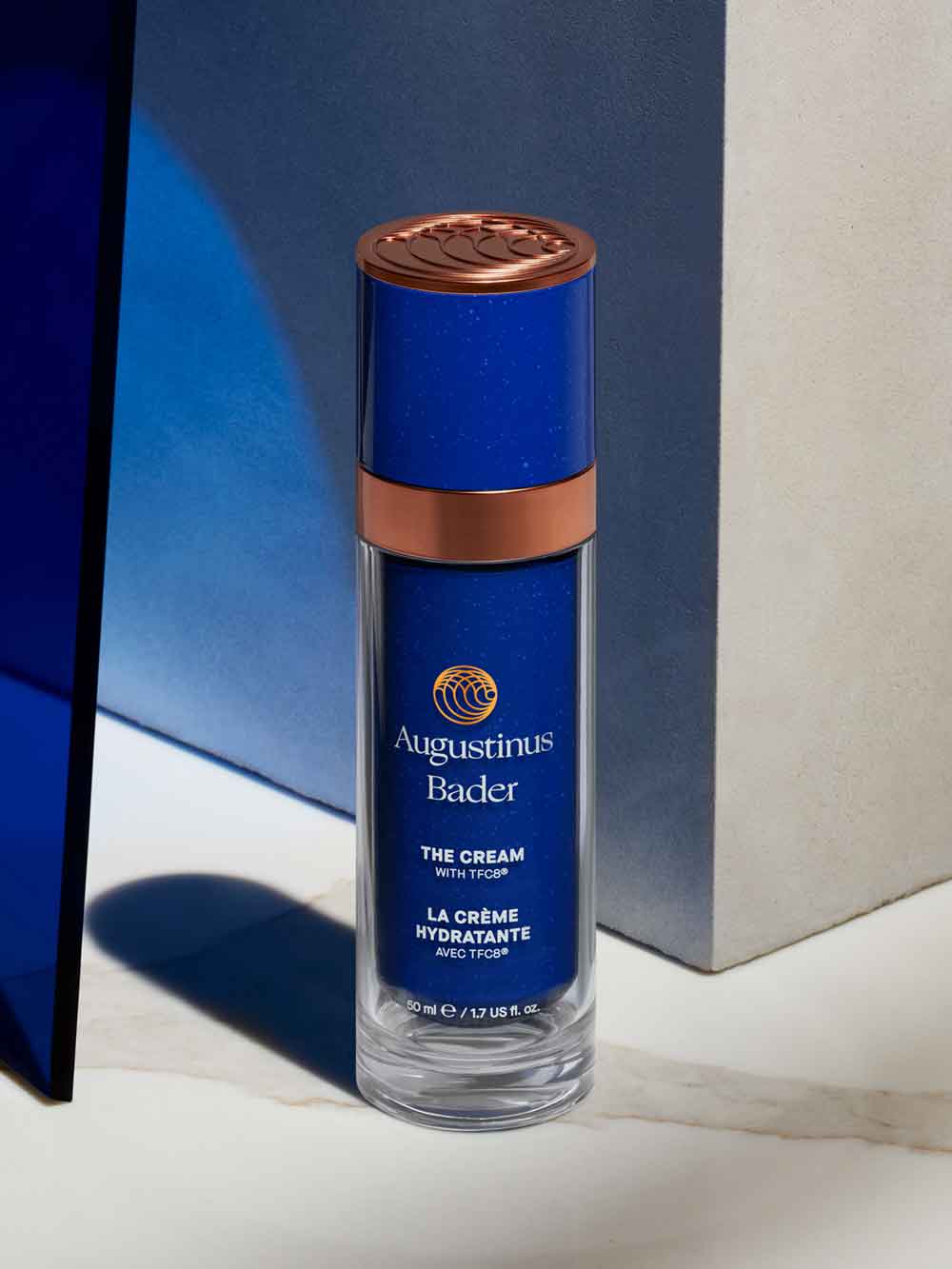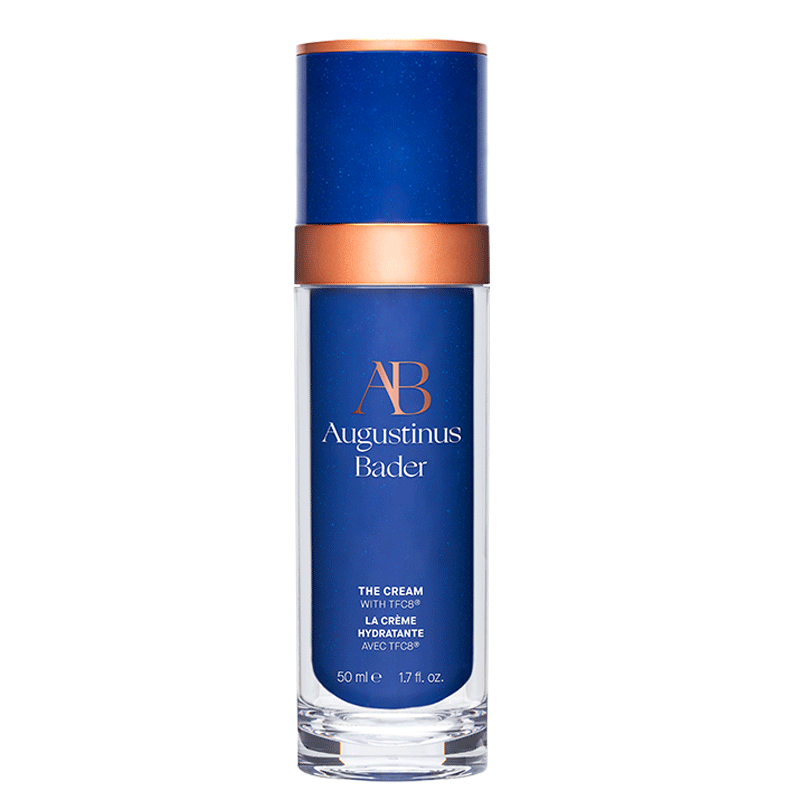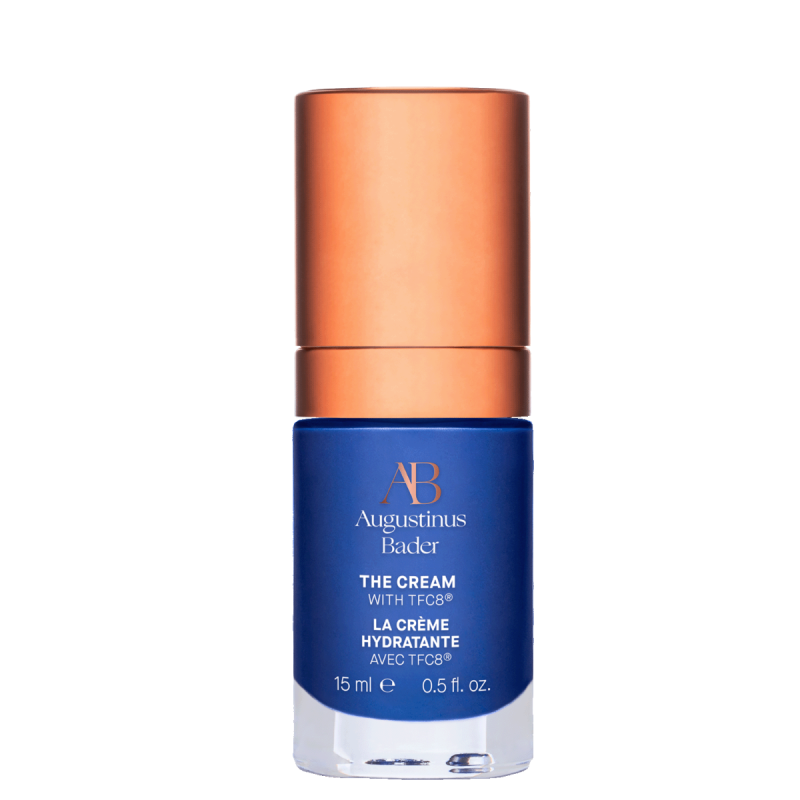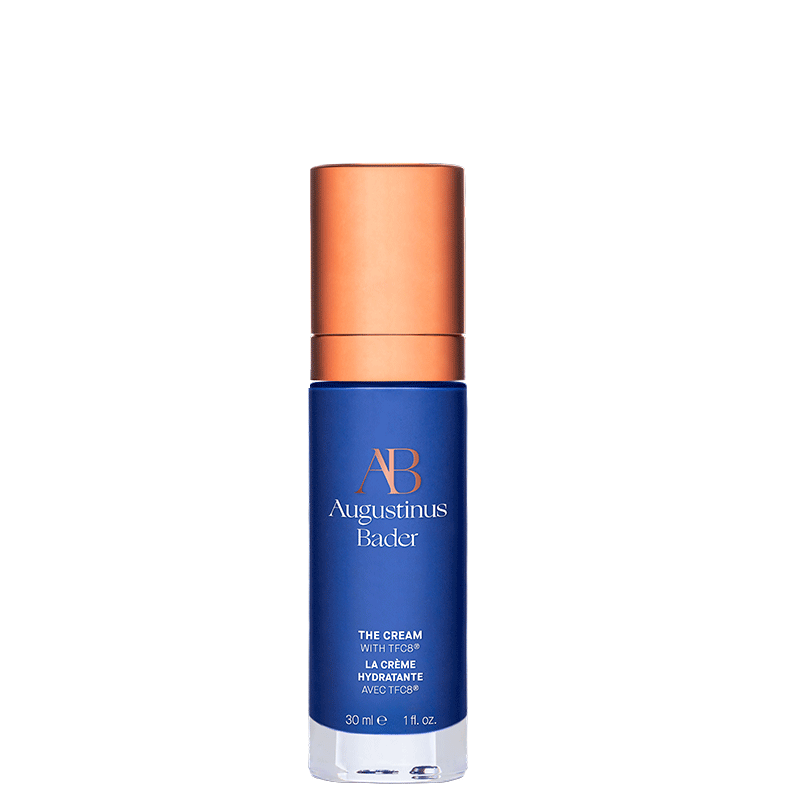Augustinus Bader Contributor and award-winning medical and cosmetic doctor, Dr. Ewoma, takes over the Bader Journal each week to answer some of your most commonly asked questions on application, ingredients, and skin concerns. This week, Dr. Ewoma discusses rosacea and shares her advice for the best ways to manage it.
What is rosacea and how does it develop?
Rosacea is a long term inflammatory skin condition that, at the beginning, tends to present itself with flushed cheeks. Soon, that warm, tingling sensation associated with flushing becomes constant and some people may develop permanent redness around the cheeks and nose. Other symptoms are dilated blood vessels, dryness, spots and sensitivity. While it’s more common in women, the symptoms tend to be a lot more severe in men. Alcohol, heat, stress, sunlight, spicy food and the wind and cold can all act as triggers for rosacea however the cause of rosacea actually remains unknown.
The mechanism and treatments for redness/rosacea is an area that is still emerging, so basically we still don't know everything there is to know about this condition. While some researchers have linked rosacea to the immune system, other studies have shown a link to a microscopic mite, found to be more abundant in the facial skin of rosacea patients.
It's worthwhile to note, rosacea isn't just an inflammatory process that affects the blood vessels in the skin - but also the sebaceous glands and nerves (and therefore the entire structure of the skin).
Ways to manage rosacea
Skincare solutions
While there is no cure for rosacea, the good news is this that skin condition can be managed. Introducing reparative and skin-soothing ingredients to a gentle, minimal skincare routine will help to minimize symptoms and calm angry, reddened complexions.
One of the most important factors to bear in mind is your skin’s barrier- this needs repairing. When your hydrolipidic barrier is weakened this can invite in all sorts of unwelcome visitors - namely pollutants and irritants - so it’s essential that we utilise products and ingredients to stabilise our skin’s barrier function. Amino acids are particularly good at this, they act as the building blocks of peptides and proteins and work by rebuilding the skin, which is particularly important after an episode of rosacea. Potent antioxidants such as Vitamin C are brilliant for repairing your skin post flare up, they are effective in reducing inflammation and improving the appearance of skin.

These soothing skin heroes are all present in The Cream, this research-backed formula utilises a powerhouse combination of elixirs like Vitamin C, soothing aloe and Vitamin A to reduce redness, stabilise barrier function and calm stressed, inflamed complexions.
Ingredients to avoid
It probably goes without saying to avoid heavily fragranced products, be wary of exfoliants such as AHA’s and BHA’s and instead use PHA’s which simultaneously gently exfoliate and hydrate the skin. SPF is particularly essential as people with rosacea are often more susceptible to environmental triggers like UV rays, so be sure to utilise a full-spectrum sunblock on a daily basis.
Often it can take time to fully understand and manage this common skin condition, however once you find a gentle and consistent skincare routine that works for you, the results can provide much needed comfort, minimized redness and an overall happier complexion.
Have a question or concern you'd like Dr. Ewoma to address? Head to our Instagram and let us know in the comments.





